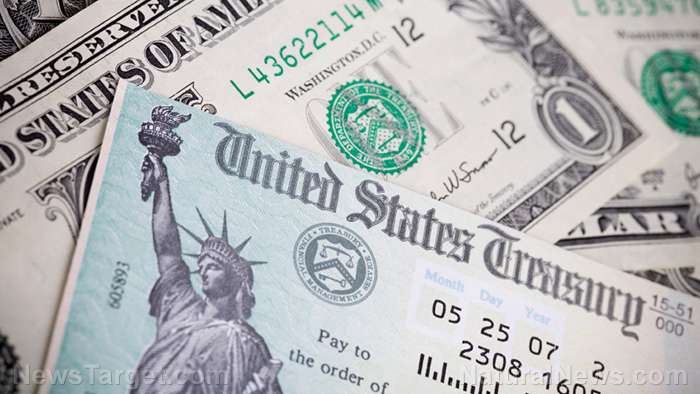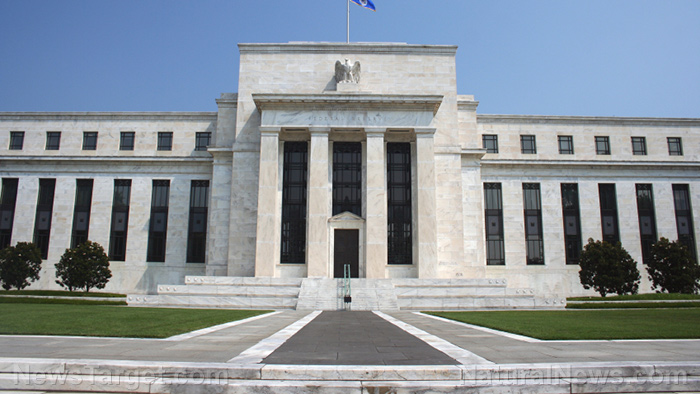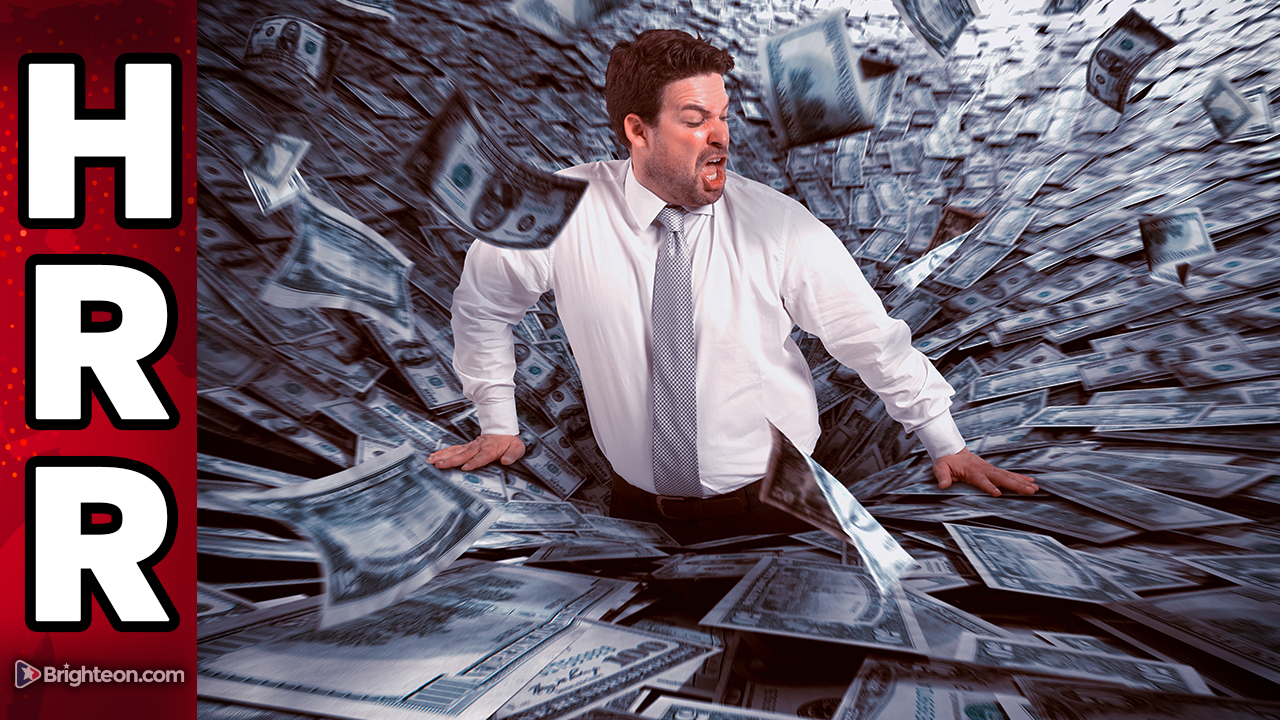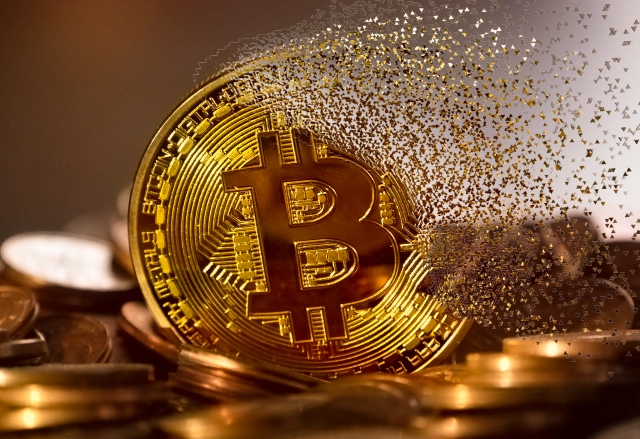Silicon Valley Bank made risky covid pandemic Treasury bets, Bloomberg reports
03/15/2023 / By Ethan Huff

The corrupt banking industry only has itself to blame for the cascade of bank failures we are now witnessing.
At the height of the Wuhan coronavirus (Covid-19) “pandemic,” Silicon Valley Bank (SVB) took in billions of dollars from its venture capital clients. It then took this money and plowed it into longer-term bonds, believing that the Federal Reserve would maintain low interest rates – which did not happen.
Many other banks did the same thing by blowing their depositors’ cash in the Wall Street casino, only to eventually face the reality that the rock-bottom interest rates of the Trump era cannot persist without creating out-of-control inflation followed by hyperinflation and collapse.
There are still many unanswered questions about how SVB managed to fail in protecting its depositors’ “unstable deposits” while simultaneously ignoring the inevitable impact of the Fed’s ongoing interest rate hikes.
“Outstanding questions also remain about how SVB went about navigating its precarious position in recent months, and whether it erred by waiting and failing to lock down a $2.25 billion capital injection before publicly announcing losses that alarmed its customers,” reported Bloomberg about the matter.
“Investors and depositors tried to pull $42 billion on Thursday, leaving the firm with a negative cash balance of almost $1 billion, regulators said.”
(Related: Don’t be fooled: the financial crisis has only just begun.)
SVB was a reckless bank that played loose and fast with other people’s money
When SVB was founded over a poker game back in the 1980s, interest rates had begun their steady decline from double digits to near-zero during the Trump years. Somehow, its leadership ignored all the writing on the wall while making high-risk bets with other people’s money, ultimately leading to a collapse.
“There was a lot of risk they were taking on that other banks wouldn’t,” said Sarah Kunst, a managing director at venture capital fund Cleo Capital. “That ultimately was part of their demise.”
At the height of covid in March 2021, SVB was flush with cash – too much cash, in fact, for its greedy leadership to avoid the temptation of flushing it down the toilet on risky Wall Street bets.
“The banks total deposits exploded higher over the prior 12 months, to about $124 billion from $62 billion, according to data compiled by Bloomberg,” reports explain. That 100% surge far outpaced a 24% increase at JPMorgan Chase & Co. and a 36.5% jump at First Republic Bank, another California institution.”
At the time, CEO Greg Becker was bragging to the media that he had “the best bank CEO job in the world, and maybe one of the best CEO jobs,” period. When asked at the time if his bank’s growing revenue was sustainable, he smiled and started spouting the lingo of technology visionaries.
“The innovation economy is the best place to be,” he said with a smirk. “We’re very fortunate to be right in the middle of it.”
Keep in mind that more than 93 percent of SVB’s domestic deposits were uninsured, exceeding the Federal Deposit Insurance Corporation’s (FDIC) $250,000 limit per account. Even so, SVB ran into no regulatory problems as it trekked into dangerous territory.
SVB quickly amassed very large losses on its long-term bonds, which it had been snapping up during that period of rapid deposit growth. Accounting rules prevented this reckless investment spree from being publicly visible, which is why the eventual and inevitable collapse of SVB came as a surprise to many – even though the company has been in hot water for years.
“It had mark-to-market losses in excess of $15 billion at the end of 2022 for securities held to maturity, almost equivalent to its entire equity base of $16.2 billion,” reports explain.
More related news coverage about the collapse of SBV can be found at Collapse.news.
Sources for this article include:
Submit a correction >>
Tagged Under:
bank, bets, Collapse, conspiracy, corruption, COVID, debt bomb, debt collapse, deception, economic collapse, economic riot, finance riot, insanity, money supply, pandemic, panic, risky bets, Silicon Valley Bank, stock market, SVB, Treasury, Wall Street
This article may contain statements that reflect the opinion of the author
RECENT NEWS & ARTICLES
COPYRIGHT © 2017 PENSIONS.NEWS
All content posted on this site is protected under Free Speech. Pensions.news is not responsible for content written by contributing authors. The information on this site is provided for educational and entertainment purposes only. It is not intended as a substitute for professional advice of any kind. Pensions.news assumes no responsibility for the use or misuse of this material. All trademarks, registered trademarks and service marks mentioned on this site are the property of their respective owners.

















